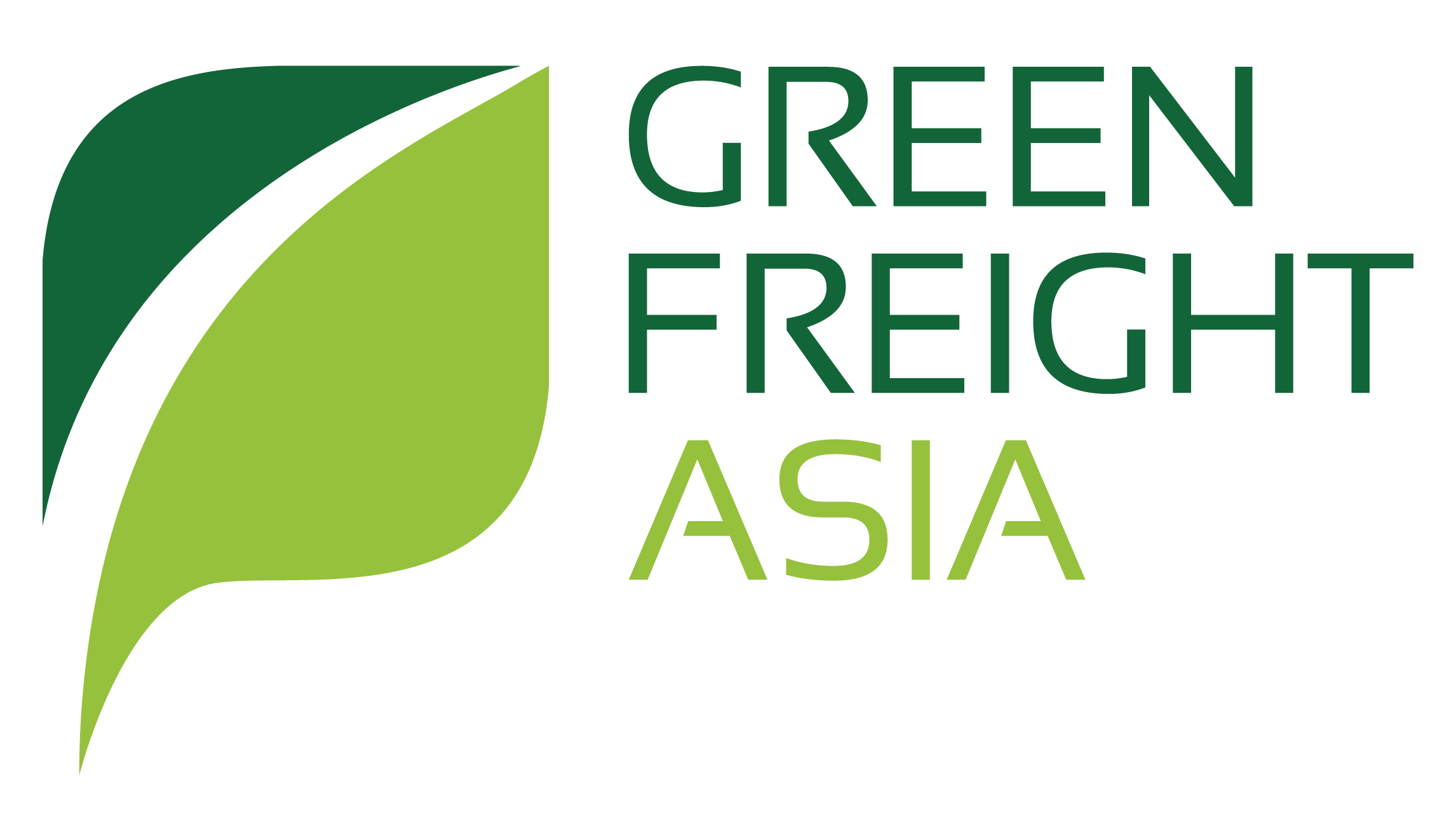Sustainable Logistics practices at H&M APAC
Improving sustainability performance in Logistics Region Asia and Pacific.
This article was authored by H&M Group.
Within logistics region APAC we amplify our positive impact by collaborating with others — showing the potential for innovation and dialogue to speed up transformation. We are focusing on three key areas to maximize our impact: Scale innovation, Transparency, and Partnership for industrywide progress.
The science is clear – the global temperature rise must be kept to 1.5°C. As a global fashion company, H&M Group has the ambition to lead the change to a better fashion future with a clear sustainability strategy as a key part. The main priorities in our climate positive approach within the logistics region APAC are to increase energy efficiency, to increase renewable energy, and to increase carbon sinks that can absorb unavoidable greenhouse gas emissions. To contribute to the highest extent, we, as a logistics function, will focus on strengthening integrated sustainability and taking further steps towards improvement in all parts of our logistics operations.
Keeping sustainability as the key factor for our day-to-day business decisions, we are constantly collaborating with likeminded organizations and evaluating opportunities to have positive impact throughout value chain. In 2022, one of our focus areas is to finalize our regional climate roadmap. This roadmap identifies key levers within Transport, our Distribution Centers and beyond logistics, and outlines a clear deliverable for introducing and scaling up energy efficient solutions. With support from our strategic partners, our sustainability initiatives have been implemented at distribution centers within our logistics APAC region, reinforcing energy efficiency and waste management, and CO2 reduction opportunities for transport.
Addressing key levers in transport, we are actively seeking opportunities to scale up our use of low emission fuels, low emission modes and optimization measures. As an example, in China with engagement and close collaboration with our strategic partners, it was possible to introduce electric vehicles to our fleet for last mile delivery. The result is that over 50% of our store retail last mile deliveries were completed by electric vehicles in China. We have further expanded used of electric vehicles in South Korea, Australia, India and Japan. In addition, we were also able to add more low emission modes with examples of road to rail for; three provinces in China, Xinjiang, Yunnan and Guizhou, South to North deliveries in Vietnam, and for returns in Victoria, Australia. Many of such initiatives have been identified and planned for future implementation.
Low emission vehicles (Electric vehicles and LNG) dispatched for delivery in China.
Nonetheless, based on the market survey conducted at the beginning of the general roadmap analysis, the market readiness in the logistics region APAC remains the biggest challenge. This is an industry-wide challenge faced by all, especially when it comes to scaling up use of low emission fuels. Many of the markets we work with in APAC have limited-service providers and infrastructure. This is therefore where we see the biggest opportunity to collaborate and co-drive initiatives with other industry peers, research organizations, NGOs, academics as well as the Government in these focus markets.
We completed Distribution Center Energy self-assessments for all our priority markets in quarter Q2, 2022 and identified specific opportunities for improvement. With this roadmap, we have clear actions for transitioning to renewable energy onsite or through procurement, and for further improvements in energy efficiency at the DCs with projects like LED implementation, smart sensors, and building management systems.
Solar panels installed onto rooftops at Distribution Center in Australia
For our third key lever beyond logistics, we are looking for opportunities to optimize demand and supply management, to optimize our logistics network and identify availability to launch more ship-to and ship-from models.
We continue to implement and monitor our quarterly progress on reducing CO2 emissions and increased energy efficiency using our internal data reporting system.



